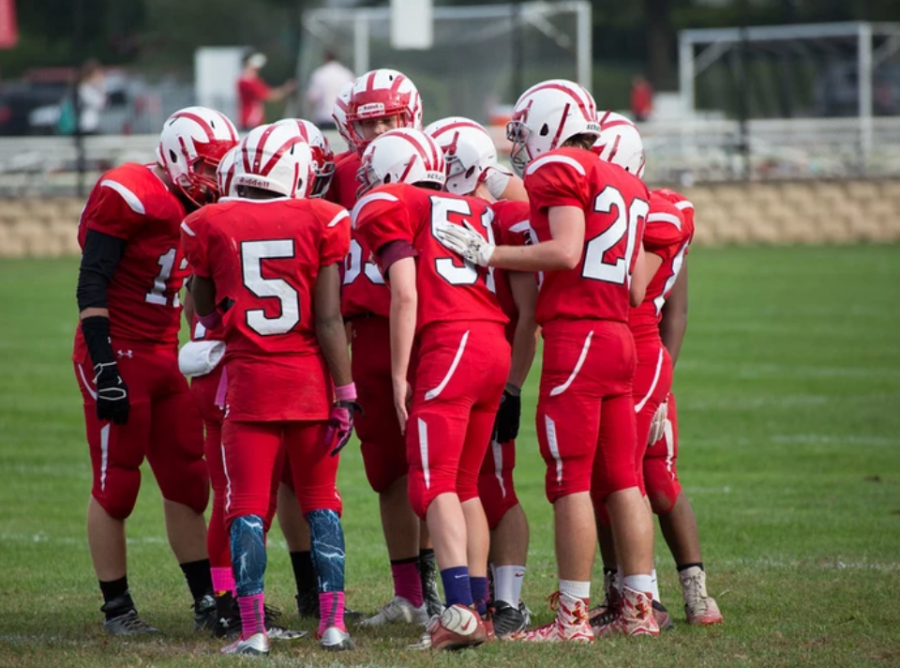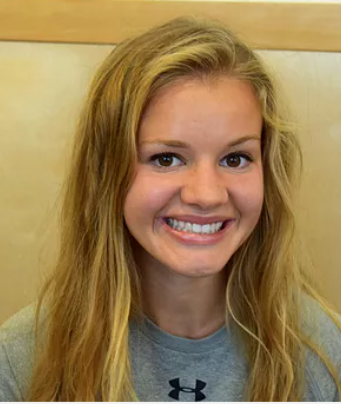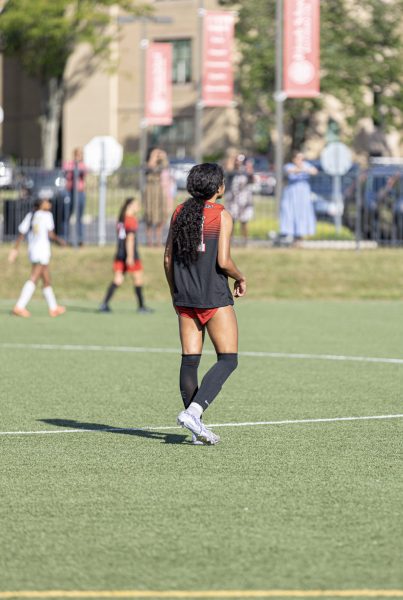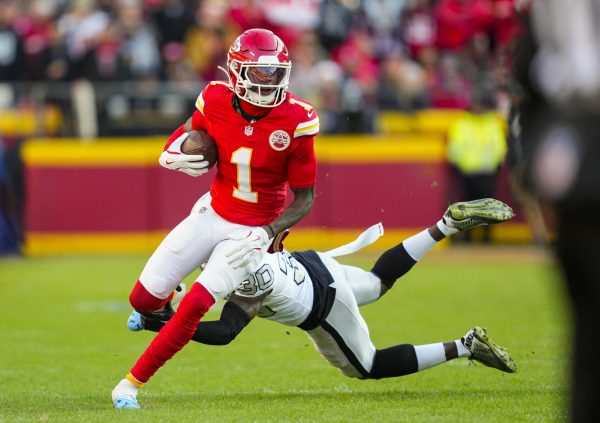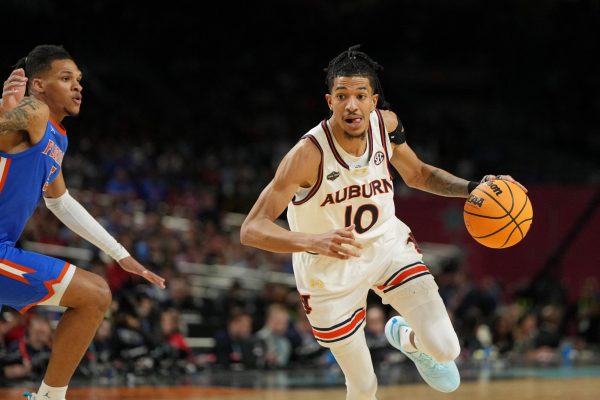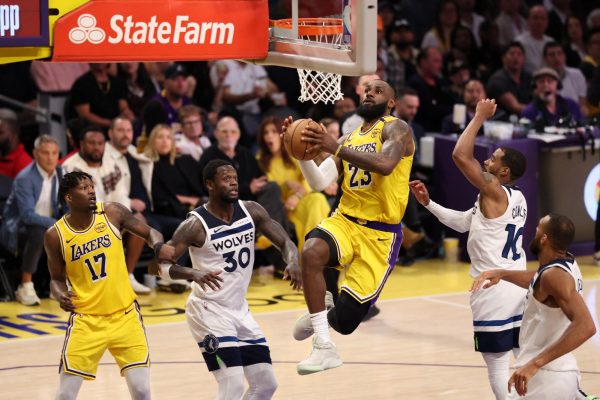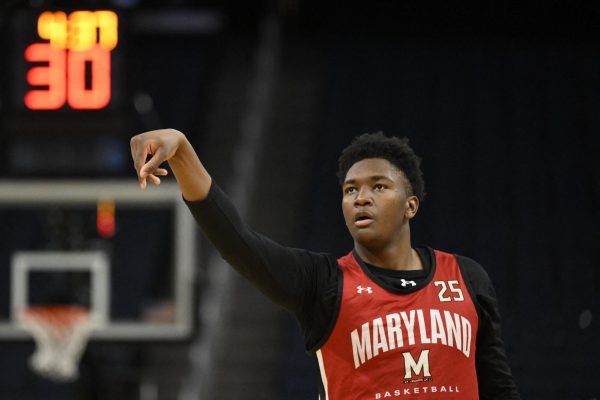Two years after the Friends football team dissolved, the debate about the sport continues. Students and faculty alike are conflicted about the presence of a football team and whether or not it should make a return to our community.
Responses to a recent Quaker Quill poll open to the entire Upper School student body express this divide. Of 124 students who completed the poll, 60 percent said they definitely want football to return. Fifteen percent said they definitely don’t, and the remaining 25 percent fell somewhere in the middle or didn’t express an opinion.
And so the question remains: is there still a place for football at Friends School of Baltimore? Although there may not be an official program, football has still managed to find its way onto campus.
Caleb George ‘22 shares that, during M-block in the fall, a group of students play pick-up football on the turf.
“After every game, we talk to each other and say things like ‘I wish we had a real team’ or ‘If we had equipment it would be different,’” he says.
Caleb and the group aren’t the only ones who share this sentiment. Thirty-three people on the poll said they would be willing to be part of the team. This exceeds the minimum of 30 committed players that Athletic Director Kara Carlin said would be necessary to field a football team.
These responses bring up another question: If so many students want to play now, why isn’t Friends fielding a team? The lack of interest two years ago- when only six players came to preseason that summer- is why there is no current football program.
This was extremely disappointing, especially to students like Willie Mallonee, ‘22.
“I was really really sad to hear we weren’t having a team when I was a freshman,” Willie said. “I attended summer workouts with the coaches, but then I got the email not enough people signed up.”
Low numbers have been a factor for some time. The team was trying to keep the football program running.
“For years the numbers were really low, somewhere between 18 and 24 players at most,” says Athletic Director Kara Carlin. “My first year had 18 athletes on the team. That’s a really tiny football program.”
However, one student, who wished to remain anonymous, argues otherwise.
“I personally think the school used the excuse that ‘not enough people came out to play the sport’ as a way to dissolve football at Friends,” they said. “In the past, our football team hasn’t been the best, but as a Quaker school, that shouldn’t matter. It should be about good sportsmanship and teamwork, although winning is always fun. Football is a big sport and is always fun to watch.”
It is no secret that the football program had many rough seasons over the years. However, some students argue that a losing team is better than no team. Also, the experience of attending your school’s football games is one that is important in a ‘high school culture’.
“Football ended at Friends after my freshman year. I never had the chance to go to a Friends football game and I regret it,” says Jack Weinberg, ‘21. “I love watching football on Sundays and I can only imagine how hype it would be watching my school making plays.”
While the overwhelming majority supports the return of football, one concern for some community members is football-related injuries.
“We can try to create rules to protect players, but are we still doing enough?” says Upper School principal Steve McManus. “Is there a generation of kids that are playing right now that are going to have Chronic Traumatic Encephalopathy (CTE) when they are older? That part is hard to come to terms with.”
CTE is a degenerative brain disease that affects people, like football players, with a history of repetitive brain trauma. CTE, along with concussions, trauma, injuries, and general safety, is a concern for many.
“One of my concerns with football is that it is very easy to get a concussion, even with the most mundane and common collisions,” says Jackson Long, ‘23.
Modern neuroscience supports Jackson’s concern. According to the Brain Injury Research Institute, football injuries associated with the brain occur at the rate of one in every 5.5 games. In any given season, 10% of all college players and 20% of all high school players sustain brain injuries.
Solutions to the injury concern include flag and flex football. However, in the context of the poll, these alternatives aren’t as promising. Only nine of the 124 people polled responded that they would consider playing flex football (a combination of flag football and regular football, with more contact than flag), which is by no means enough players to start a new team.
In addition, while 24 people write that they would consider playing flag football, it’s far more challenging to find flag football opponents than for regular football.
Either way, the future of football at Friends is ultimately in the students’ hands.

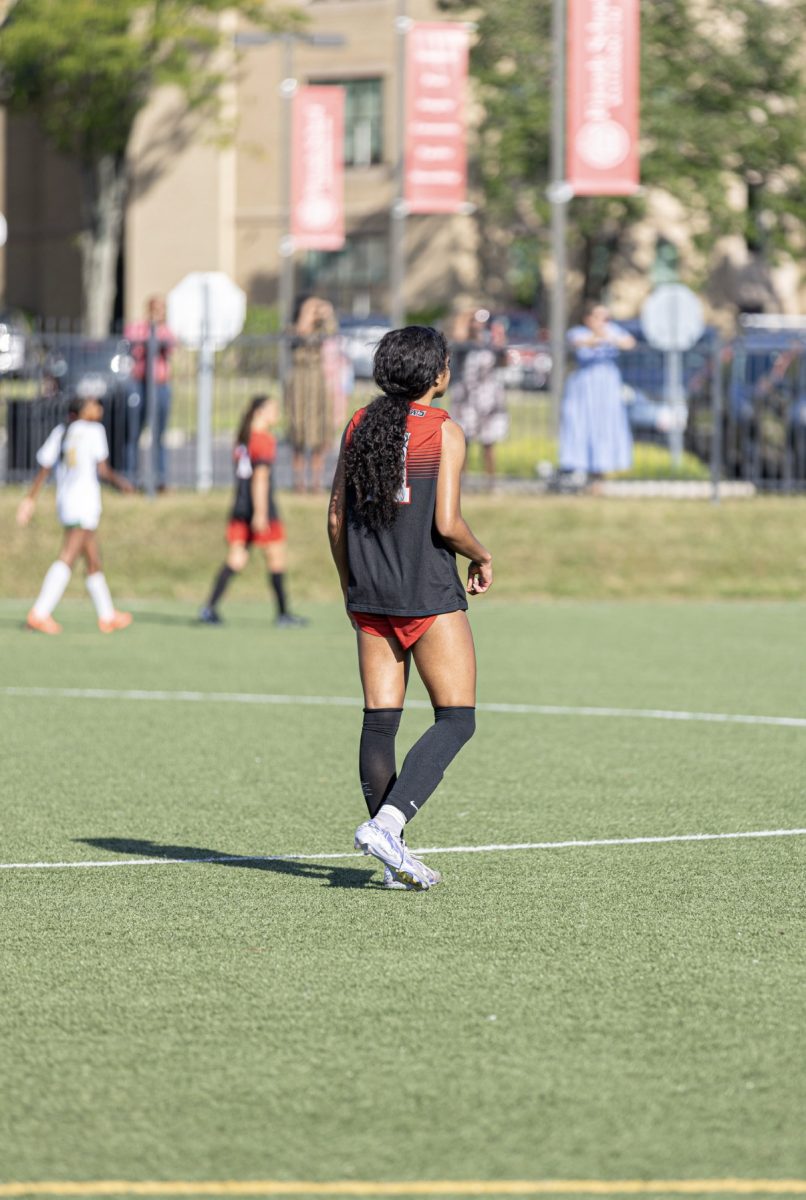
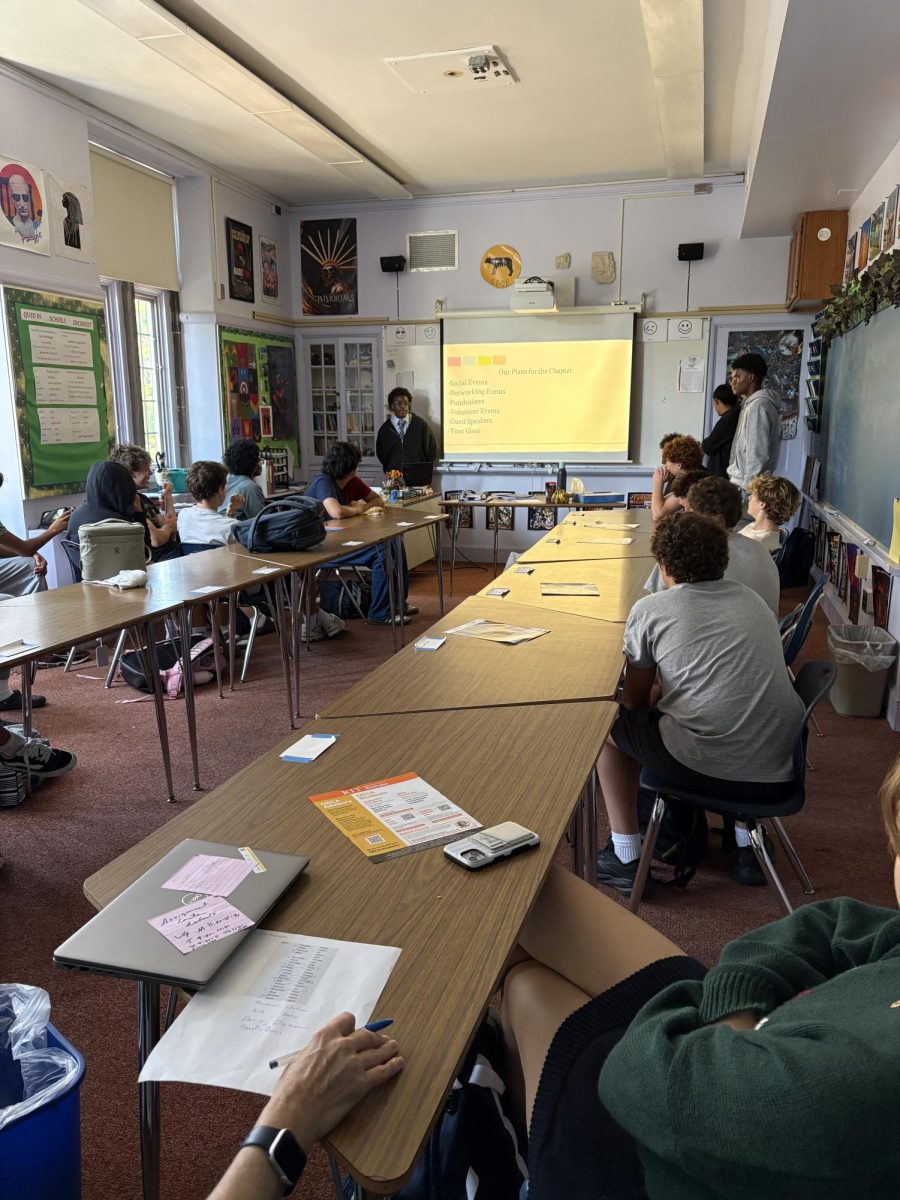
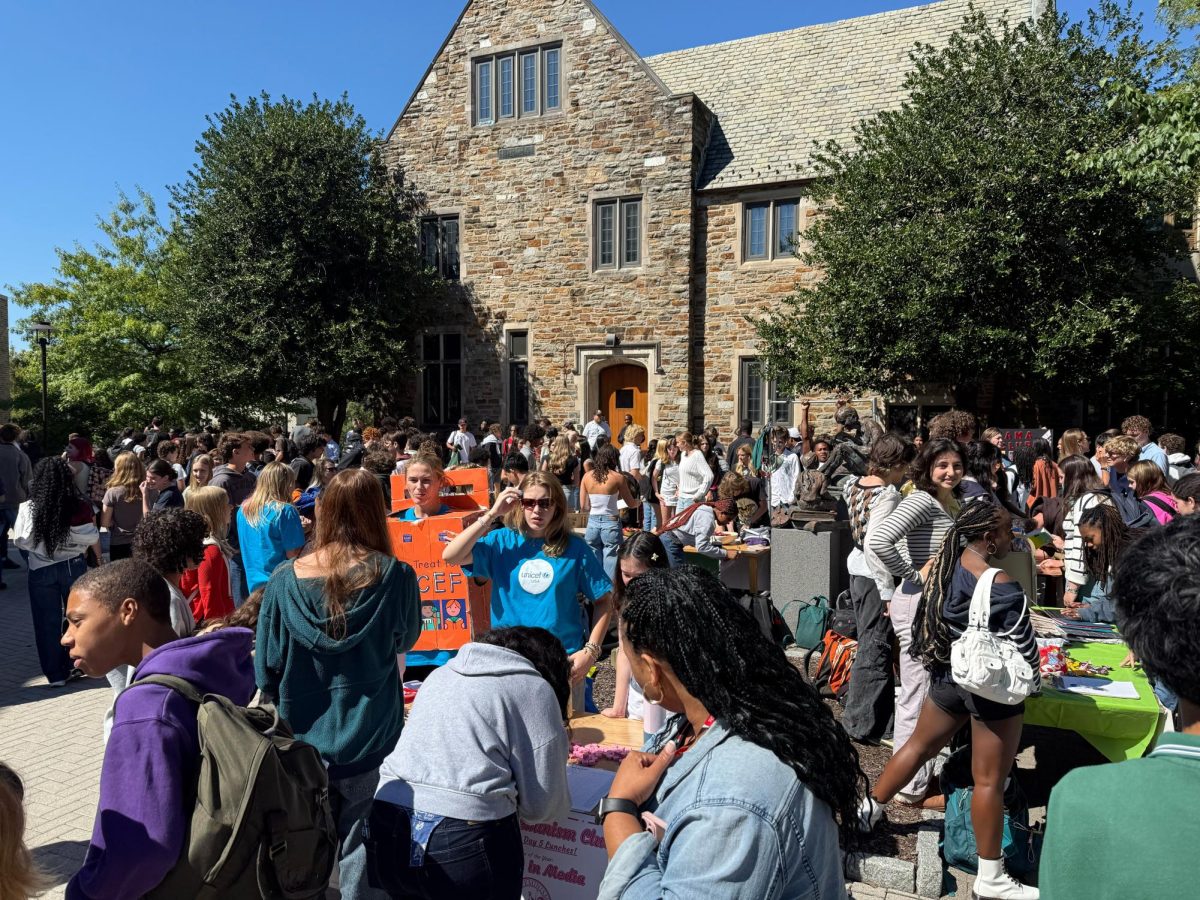
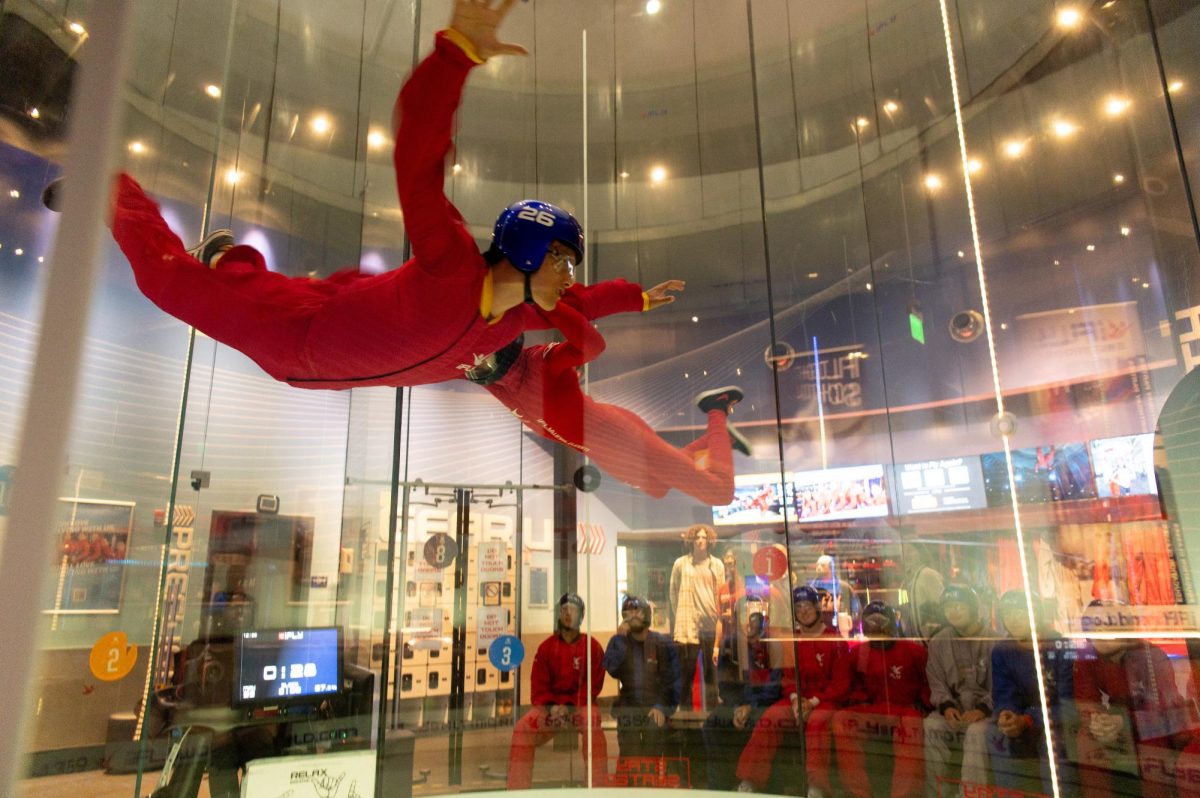
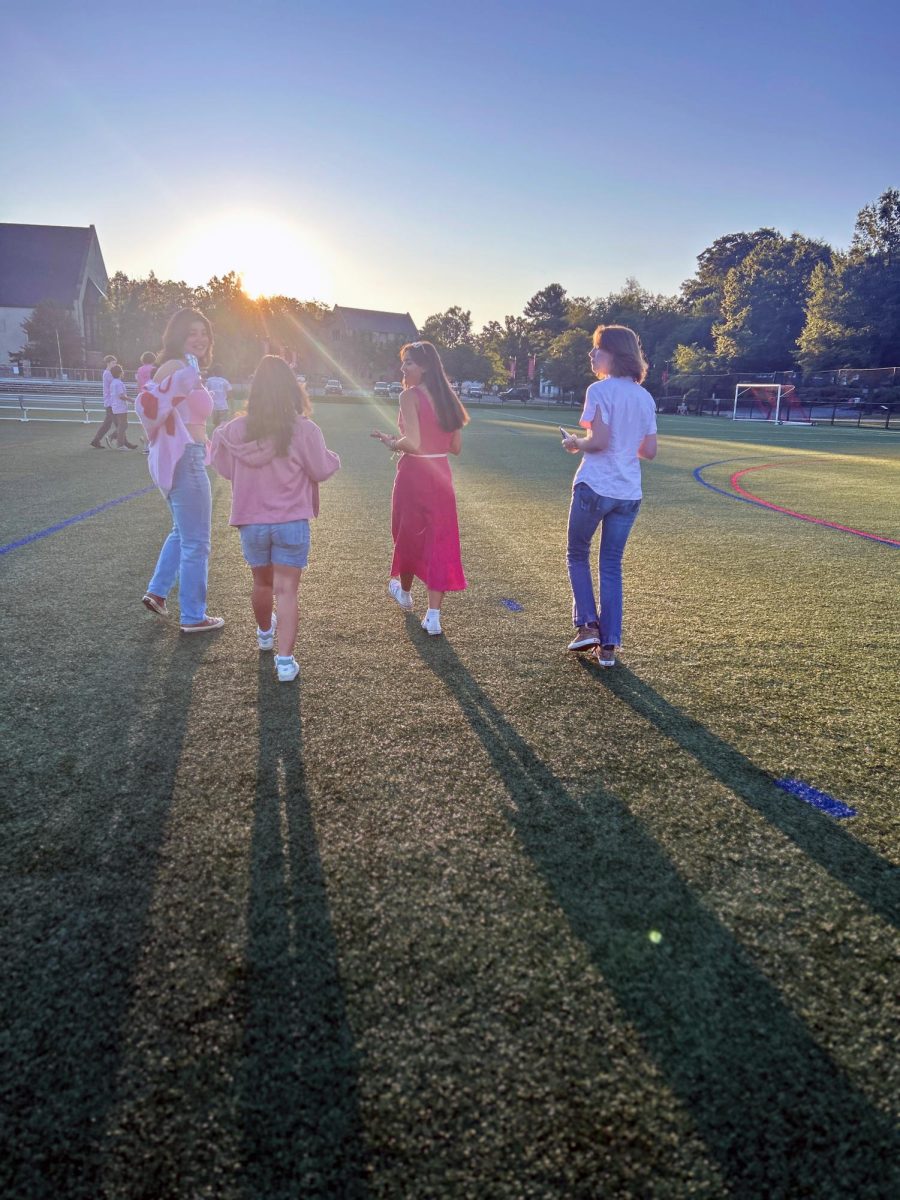




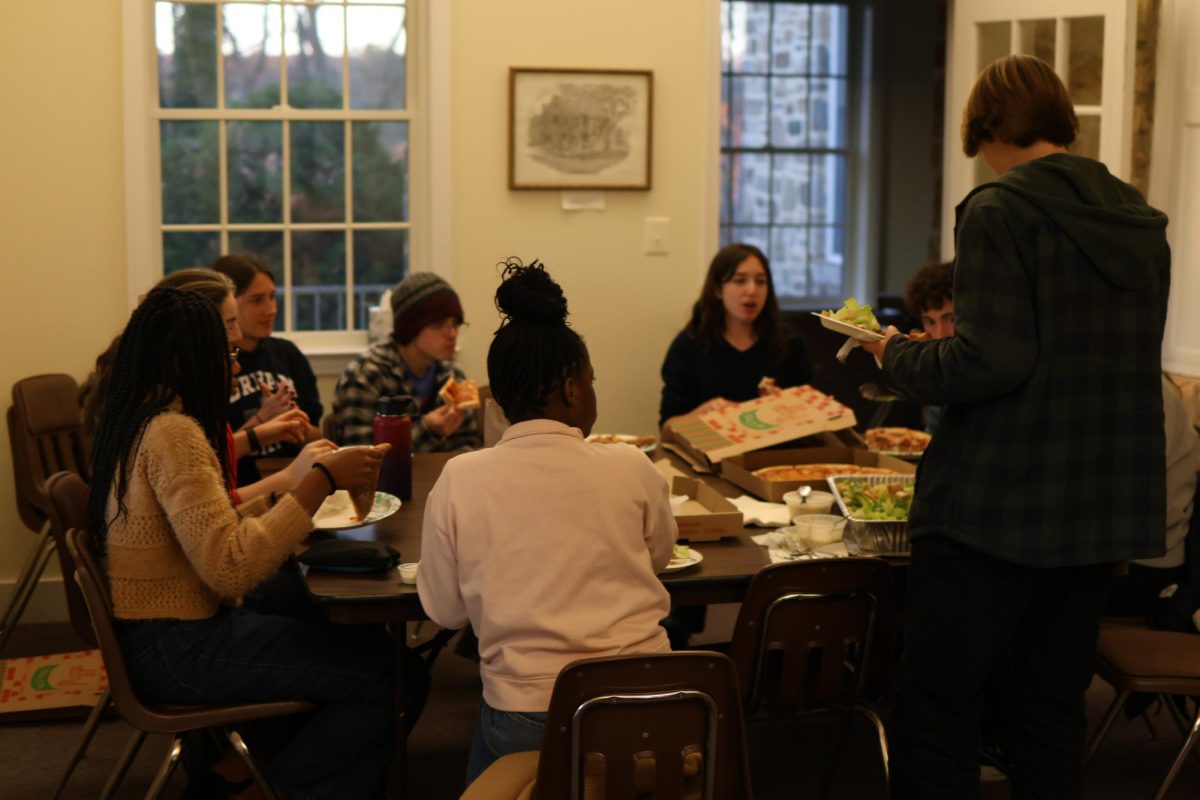

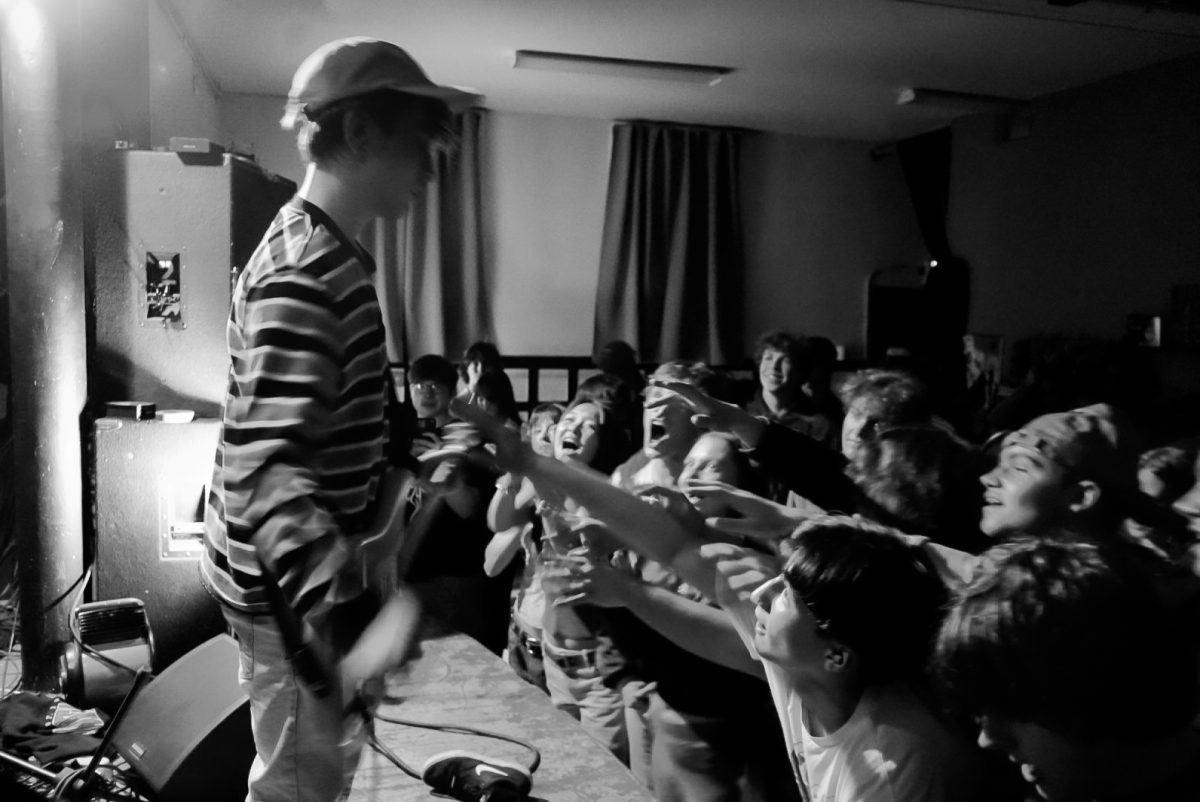

![How Freestyle Club Began [Podcast]](https://thequakerquill.org/wp-content/uploads/2025/05/charly-alvarez-Jv9untmB7G4-unsplash-1200x800.jpg)
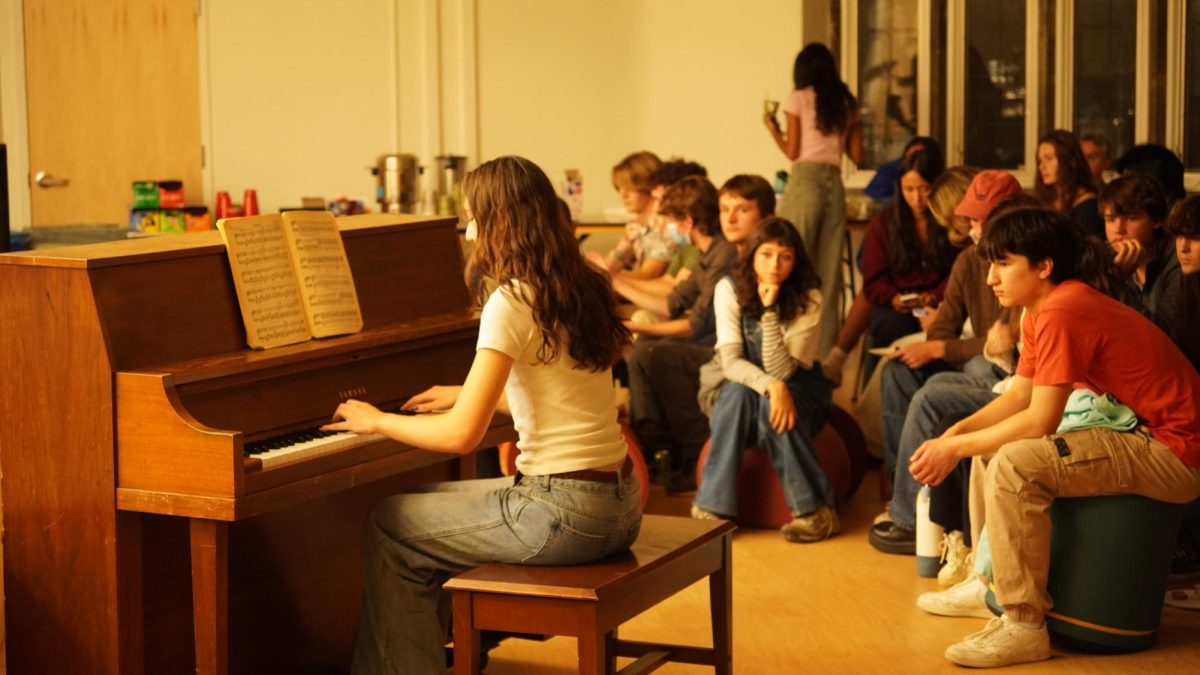
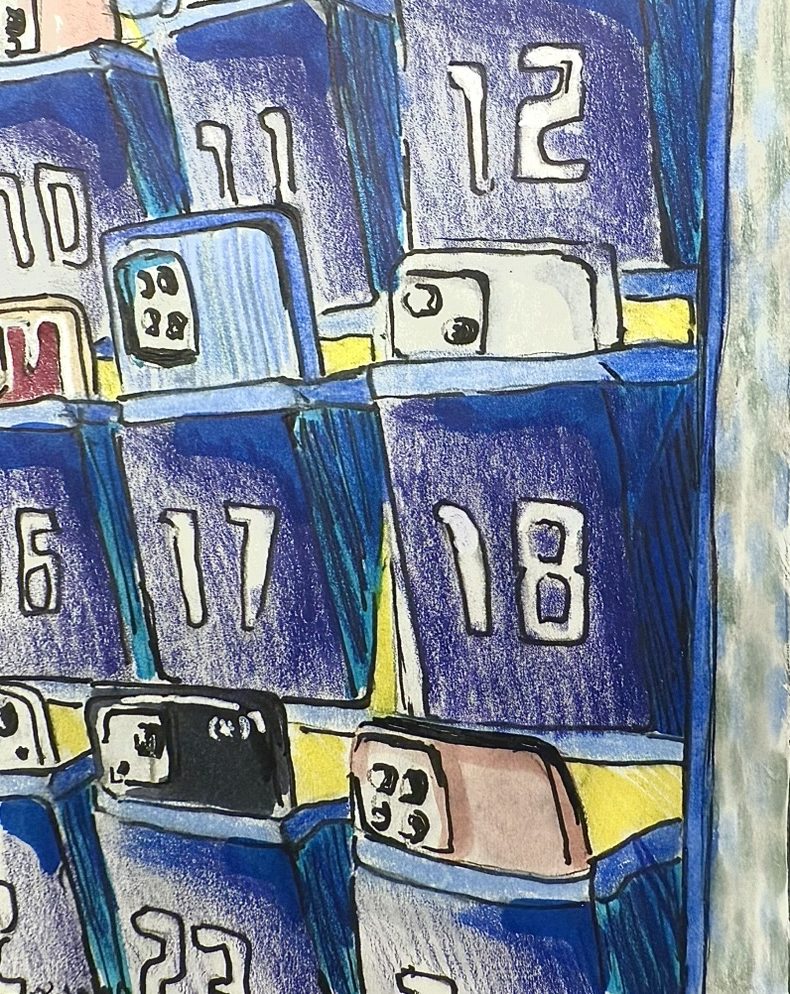
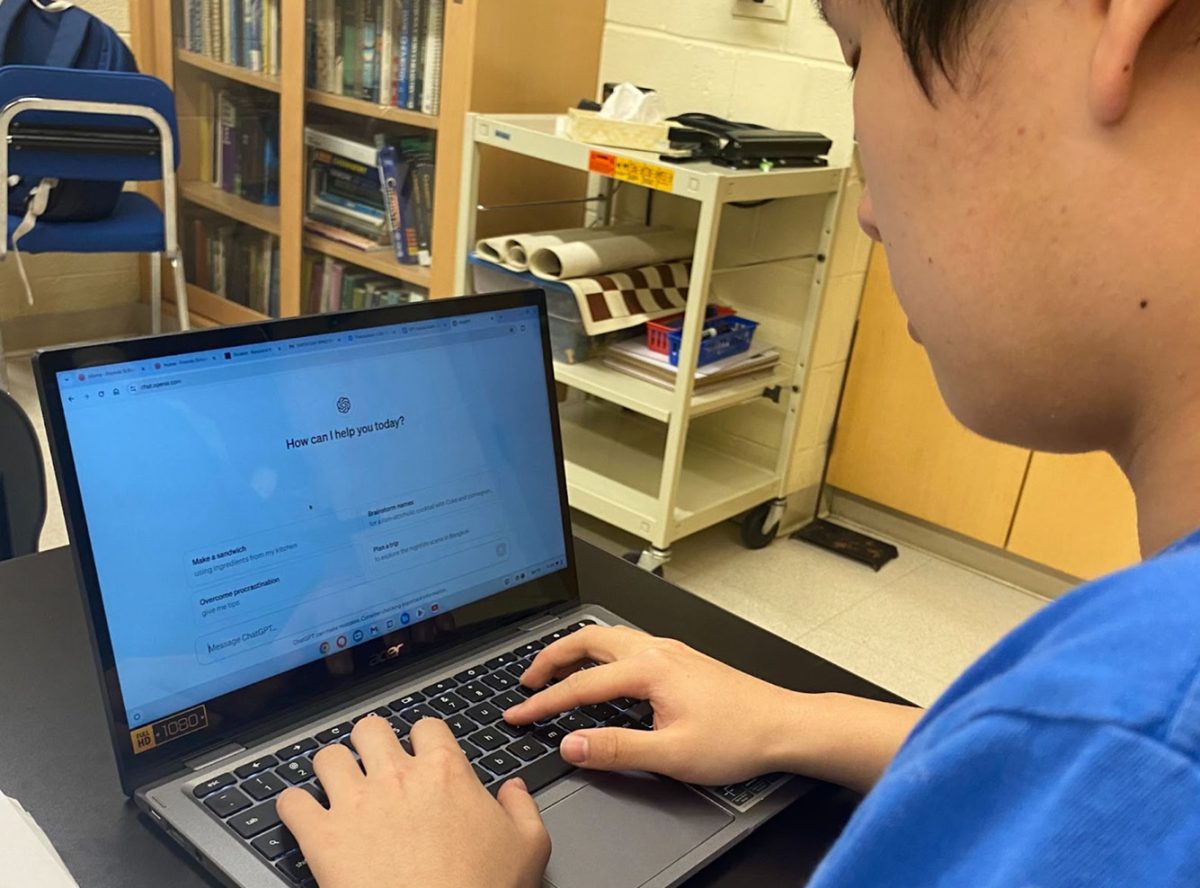
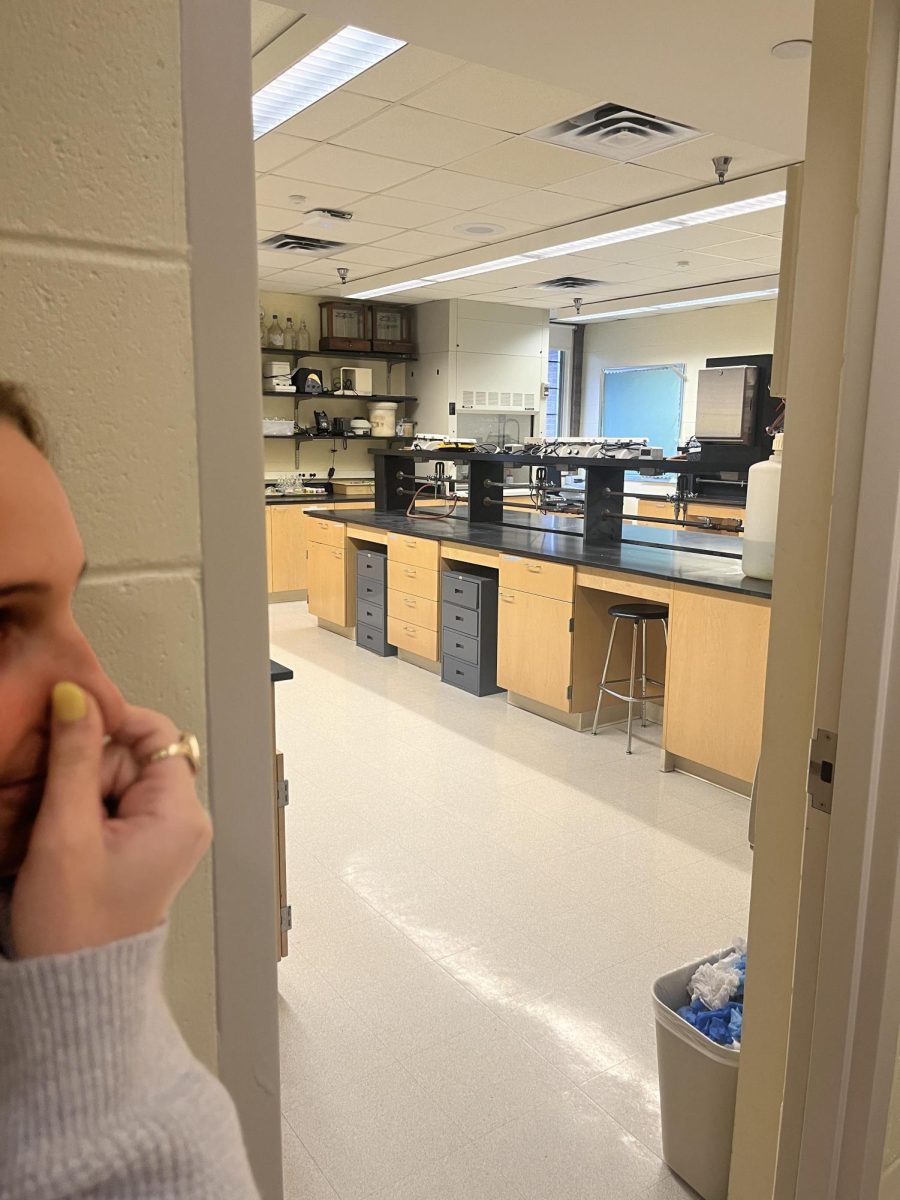
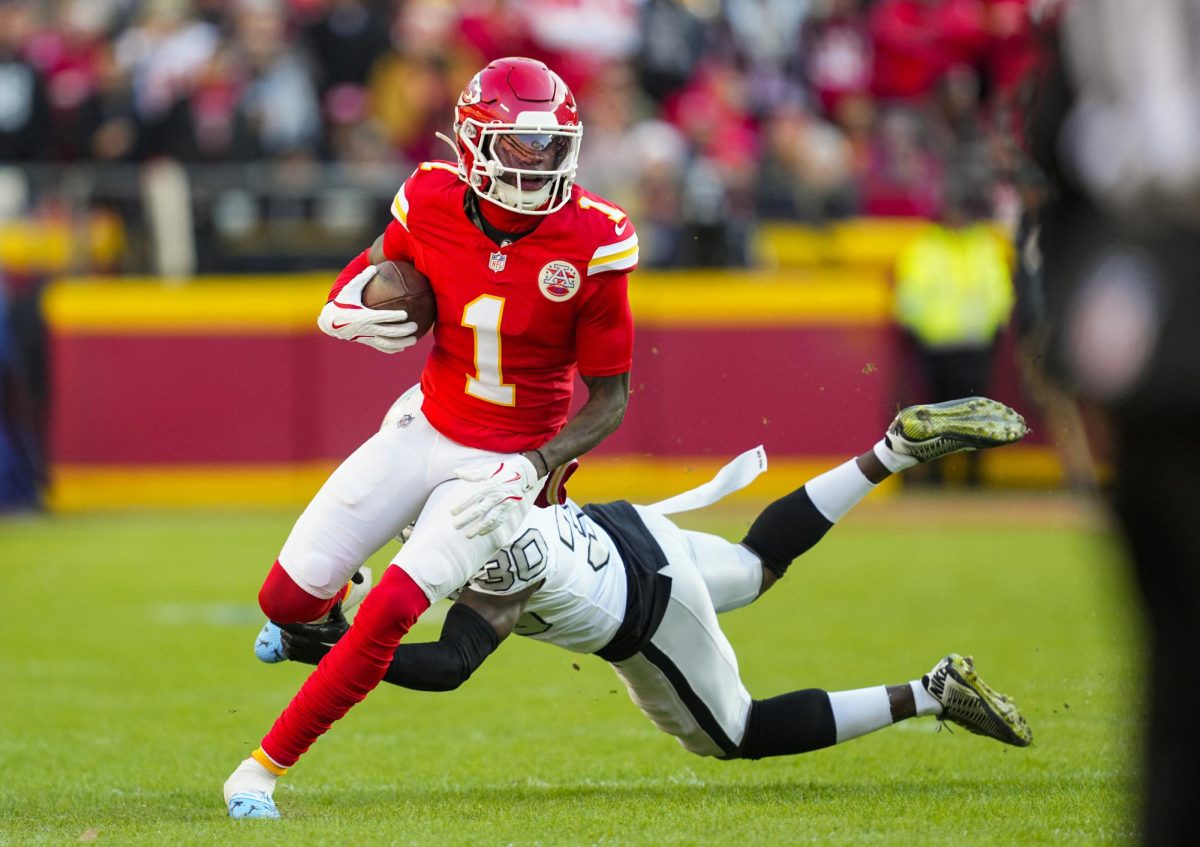
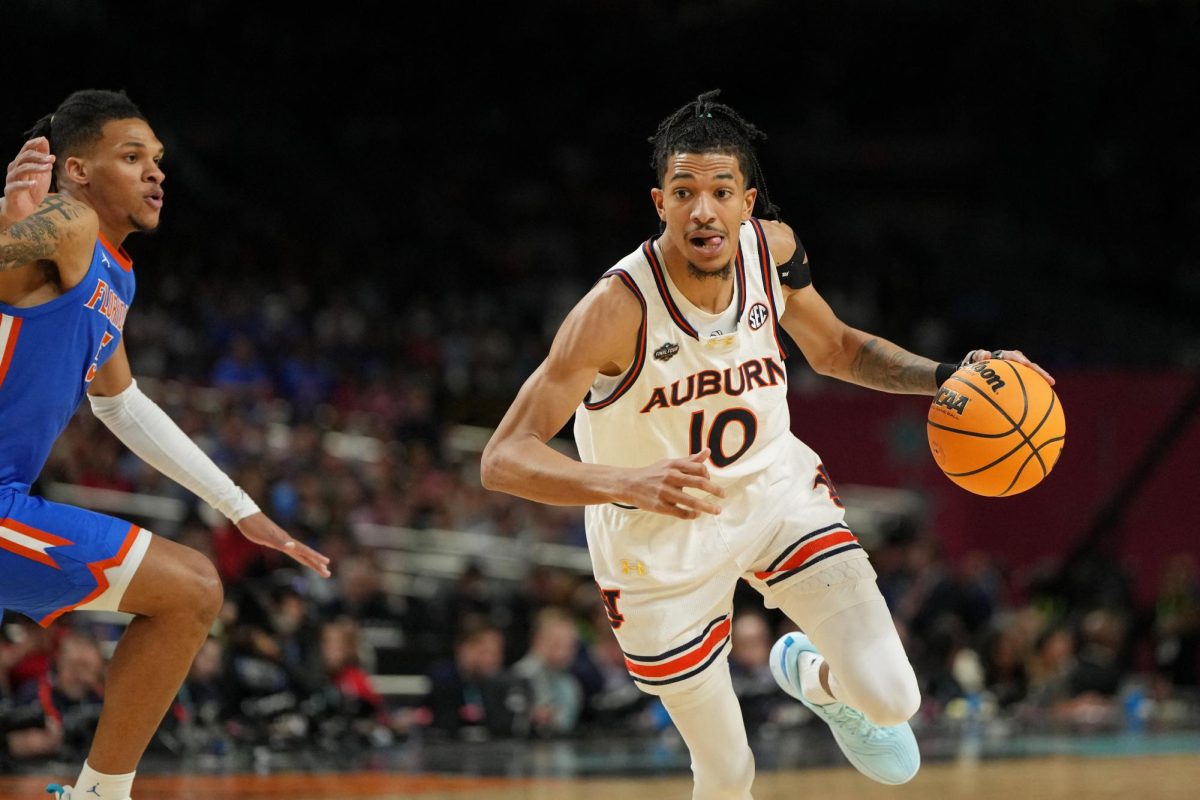
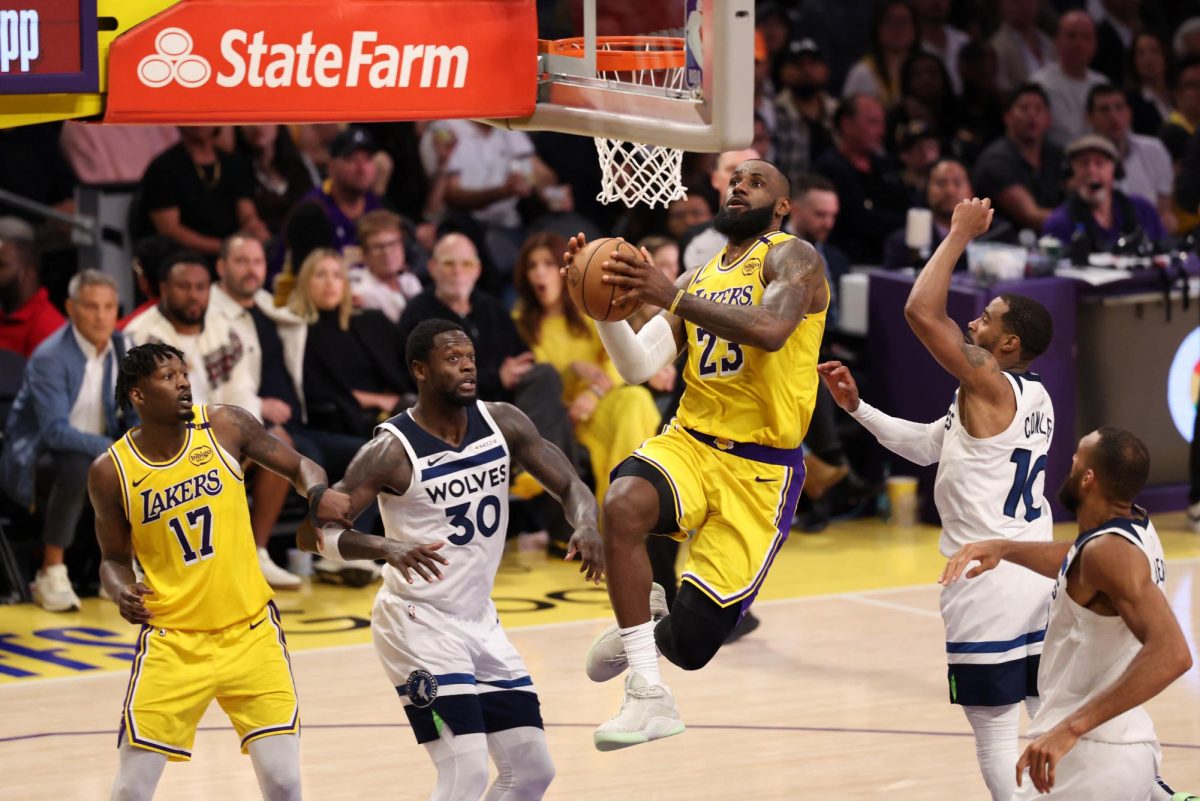
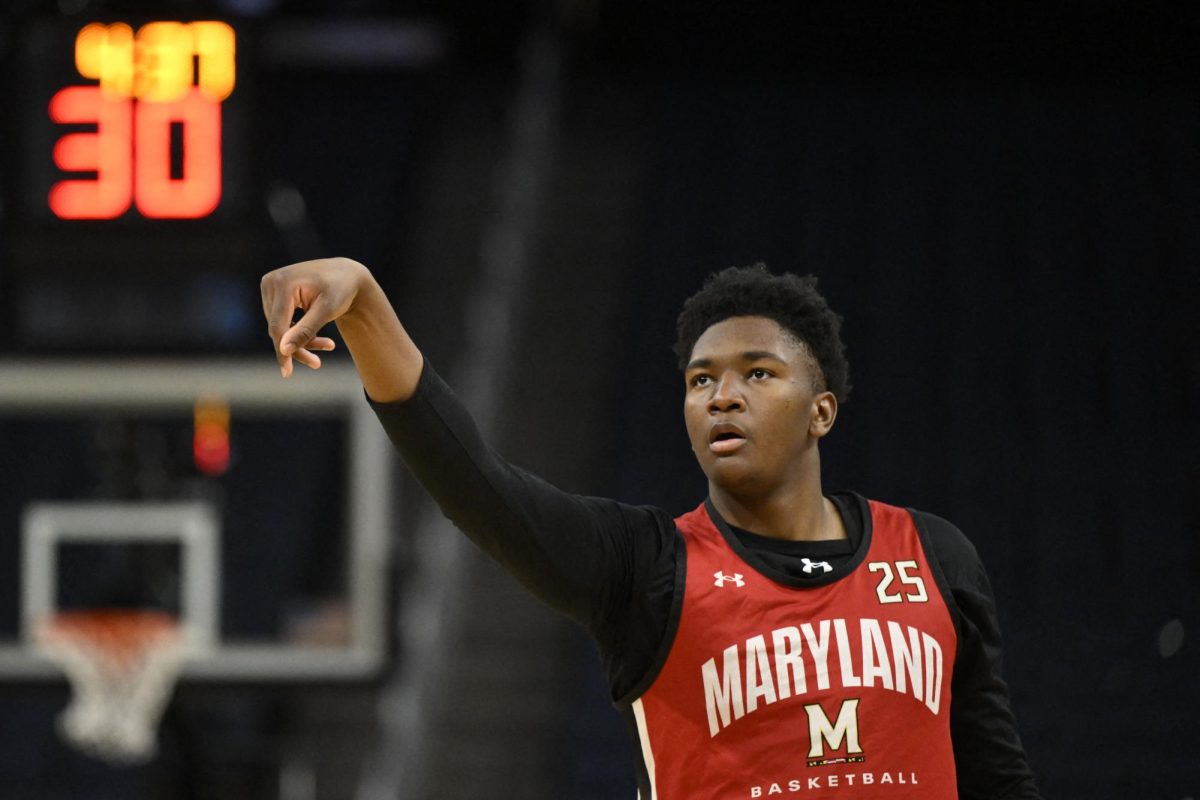
![What makes you feel good about yourself? [Podcast]](https://thequakerquill.org/wp-content/uploads/2025/10/madison-oren-uGP_6CAD-14-unsplash-1200x800.jpg)




![A Phone Ban at Friends? [Podcast]](https://thequakerquill.org/wp-content/uploads/2025/05/magenta-VrRT19_ZjUY-unsplash-1200x900.jpg)
